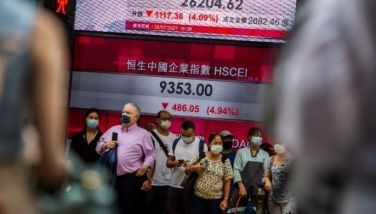SMC prioritizes NAIA over Bulacan airport

MANILA, Philippines — Diversified conglomerate San Miguel Corp. (SMC) is delaying development works at its Bulacan airport project by about a year to focus on the modernization of the Ninoy Aquino International Airport (NAIA).
“The government wants to delay it a little bit because they want us to take care of NAIA first before the other one,” SMC president and CEO Ramon Ang told The STAR.
SMC was previously targeting to start airport development works at its P740-billion international gateway in Bulacan dubbed the New Manila International Airport (NMIA) project by next year.
“We will do it by 2026 instead,” Ang said.
SMC last month reported that progress for the land development works for NMIA was at 77 percent, with airport development works targeted to commence in 2025.
The 2,500-hectare NMIA project will feature at least four parallel runways, a world class terminal and a modern and interlinked infrastructure network that includes expressways and railways.
SMC, however, also leads the consortium that won the contract to modernize NAIA, the country’s main international gateway.
“We will take over by Sept. 18,” Ang said.
The New NAIA Infrastructure Corp. headed by SMC has bared plans to put up a new terminal near Terminals 1 and 2 to boost capacity of the airport in handling flights and passengers.
The concessionaire is tasked to handle NAIA for a minimum of 15 years, extendable by 10 years.
Over a 25-year period, New NAIA Infrastructure has committed to spend as much as P122.3 billion for the rehabilitation and upgrade of the airport.
SMC, on its end, expects to enhance operational efficiencies, reduce costs and optimize flight schedules given potential synergies in its massive airport projects.
Doing so will contribute to a more connected and accessible Philippines poised for future growth, it said.
“Our vision is to create an integrated airport network that not only improves the travel experience but also supports sustainable economic growth and elevates the Philippines as a prime hub for tourism, business and investment in the region,” Ang earlier said.
- Latest
- Trending
























